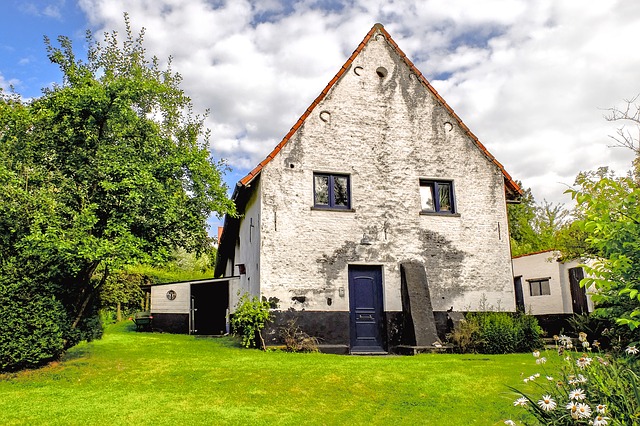Introduction
How long should a refrigerator run before shutting off? This is a common question among homeowners who want to ensure that their refrigerator is functioning properly and efficiently. In this article, we will explore the factors that affect the duration of a refrigerator’s cooling cycle and provide insights into how long it should typically run before shutting off.
The Cooling Cycle
To understand how long a refrigerator should run before shutting off, it is essential to grasp the concept of the cooling cycle. When you set the desired temperature on your refrigerator, it works by maintaining that temperature through a series of on and off cycles. During the on cycle, the compressor and other components work together to cool the interior of the refrigerator. Once the desired temperature is reached, the refrigerator enters the off cycle until the temperature starts to rise again.
Factors Affecting the Duration
Several factors influence how long a refrigerator should run before shutting off:
Temperature settings: The temperature settings you choose for your refrigerator can impact the duration of the cooling cycle. If you set the temperature very low, the refrigerator will need to run longer to reach and maintain that temperature. Conversely, higher temperature settings may result in shorter cooling cycles.
Room temperature: The ambient temperature of the room where the refrigerator is located plays a role in its cooling cycle. If the room temperature is high, the refrigerator may need to run longer to compensate for the warmer environment.
Door openings: Every time you open the refrigerator door, warm air enters the unit, causing the temperature inside to rise. The refrigerator then needs to run for a longer period to restore the desired temperature. Frequent door openings can extend the cooling cycle.
Refrigerator age and condition: Older refrigerators or those in poor condition may require longer cooling cycles to achieve and maintain the desired temperature. Regular maintenance and cleaning can help optimize the performance of your refrigerator.
Typical Duration
While the duration of a refrigerator’s cooling cycle can vary depending on the factors mentioned above, a typical cooling cycle lasts between 30 minutes to an hour. This duration allows the refrigerator to cool down the interior, remove excess heat, and maintain the desired temperature. However, it is important to note that this is a general guideline, and individual refrigerators may have variations.
Energy Efficiency Considerations
In recent years, energy efficiency has become a significant concern for many homeowners. Refrigerators with higher energy efficiency ratings tend to have shorter cooling cycles. This is because they are designed to cool down faster and maintain the desired temperature efficiently, resulting in less energy consumption.
If you notice that your refrigerator is running for extended periods or cycling too frequently, it may indicate a problem. In such cases, it is advisable to consult the manufacturer’s manual or contact a professional technician to diagnose and resolve any issues.
Conclusion
The duration of a refrigerator’s cooling cycle before shutting off can vary depending on temperature settings, room temperature, door openings, and the age and condition of the refrigerator. While a typical cooling cycle lasts between 30 minutes to an hour, individual variations are common. Energy-efficient refrigerators tend to have shorter cooling cycles, promoting energy savings. If you have concerns about your refrigerator’s performance, it is best to consult the manufacturer or a professional technician for guidance.
References
– appliance411.com
– energy.gov
– consumerreports.org









